Indian Army and The First World War: 1914-18
Accustomed to conducting low-intensity warfare before 1914, the Indian Army learnt to engage in high-intensity conventional warfare during the course of World War I, thereby exhibiting a steep learning curve. Being the bulwark of the British Empire in South Asia, the ‘brown warriors’ of the Raj functioned as an imperial fire brigade during the war. Studying the Indian Army as an institution during the war, Kaushik Roy delineates its social, cultural, and organizational aspects to understand its role in the scheme of British imperial projects.
Focusing not just on ‘history from above’ but also ‘history from below’, Roy analyses the experiences of common soldiers and not just those of the high command. Moreover, since society, along with the army, was mobilized to provide military and non-military support, this volume sheds light on the repercussions of this mass mobilization on the structure of British rule in South Asia.
Using rare archival materials, published autobiographies, and diaries, Roy’s work offers a holistic analysis of the military performance of the Indian Army in major theatres during the war.
Contents: Preface. Introduction: Indian Army, Society and the First World War. 1. Manpower mobilization and Indian society. 2. France. 3. Gallipoli and Salonika. 4. East Africa. 5. Egypt and Palestine. 6. Defeat in Mesopotamia. 7. Victory in Mesopotamia. Conclusion. Glossary. Bibliography. Index.
Get it now and save 10%
BECOME A MEMBER

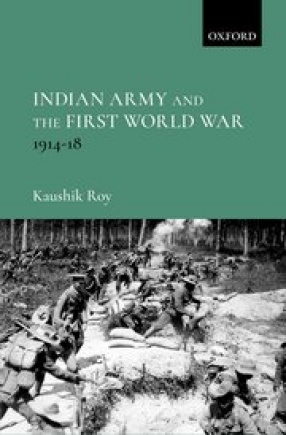
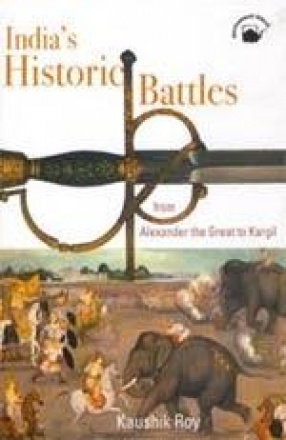
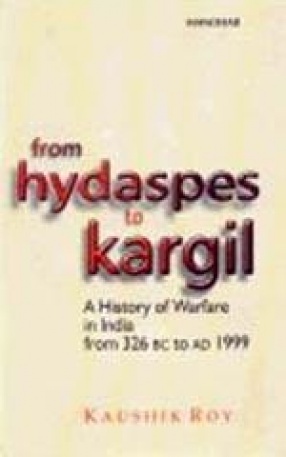
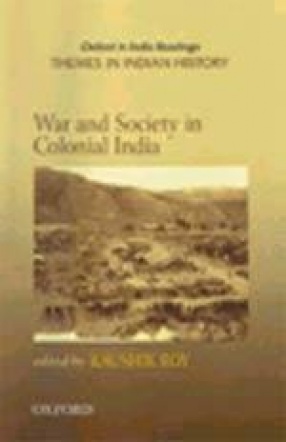
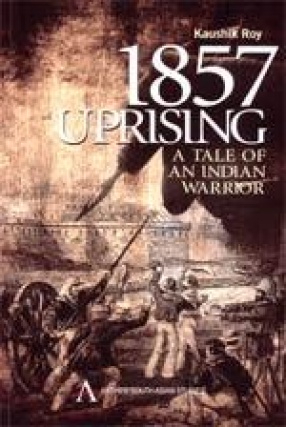
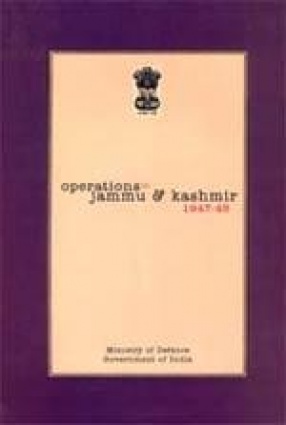
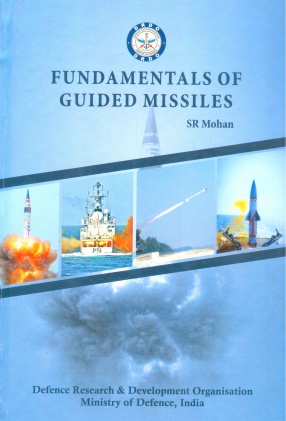
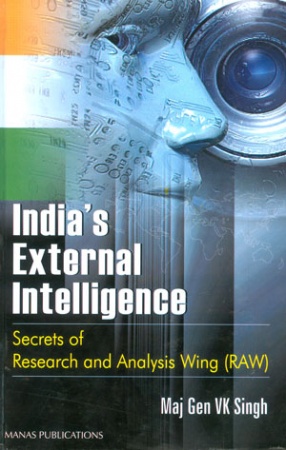
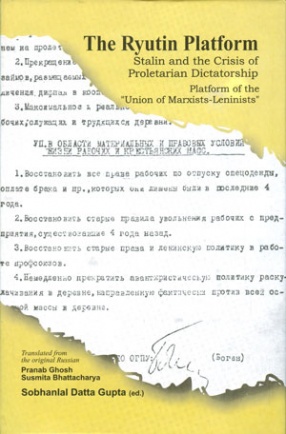

Bibliographic information